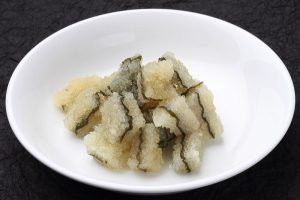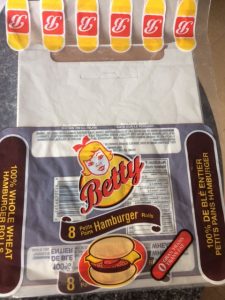The Vancouver Sun reports that Metro Vancouver has rejected a special water rate for regional farmers, arguing the move would lead to a “trickle-down effect” and do little to improve the financial viability of farming.
But some directors argue the decision will lead to contaminated produce, or force farmers to leave the region because they can’t afford the high costs to grow and wash their crops for market.
“We have a huge urban population and people like to eat,” Richmond Coun. Harold Steves said. “It’s only a matter of time before our food is contaminated. We owe it to our people to ensure we .jpg) have clean water to wash our food.”
have clean water to wash our food.”
However, other directors argued they can’t justify water subsidies at this time, and referred the issue to staff to investigate other measures such as alternative irrigation water sources, to increase actively farmed land in the region.
Surrey Coun. Linda Hepner said her city, where one-third of the land is in the Agricultural Land Reserve, is undergoing a study on potential alternatives to using potable water for agriculture. She and other directors also argued if Metro had agreed to the subsidy, the region could have been inundated with requests by water-intensive industries such as poultry processing farms or flower growers.
Staff would also have to seek changes to provincial legislation to allow the subsidy, which is considered at this time to be more work for limited gains, said Burnaby Mayor Derek Corrigan, chairman of Metro’s regional planning and agriculture committee. He said he would like to speak with the Agricultural Land Commission and talk to farmers about the issue first.
“There has to be a more convincing argument that this is going to have a higher benefit,” he said.
Delta is the only municipality to offer subsidized water rates to farmers right now. But if Metro were to follow suit it would cost the regional district $500,000 per year, according to a staff report.
Greenhouses are the major users of potable water. The other big users are vegetable growers, dairy farmers and organic farms.
Delta Mayor Lois Jackson pushed Metro mayors to support the subsidy Friday, arguing “water is the lifeline for agriculture.”
Robert Butler, of the Delta Farmers’ Institute, said farmers aren’t getting a fair shake. Higher costs in land taxes, he said, have resulted in farmers growing more high-value crops such as blueberries and cranberries.
“We are suffering from being a high-cost producer here and we can’t produce a lot of produce because it costs a lot of money,” Butler said. “Metro Vancouver wants us to grow local produce. But how the hell can you grow it if you don’t make any money?”
The primary source of water for irrigation of crops is rivers and ditches as well as groundwater. But the staff report notes with emerging food safety concerns, reduced availability of fresh water and potential effects of climate change, the demand for potable water by agriculture may be increasing.
 Hand-gathered herring eggs, known as spawn-on-kelp, are an important traditional seafood for many First Nations, but an outbreak of a cholera strain in 2018 forced closure of the harvest between French Creek and Qualicum Bay.
Hand-gathered herring eggs, known as spawn-on-kelp, are an important traditional seafood for many First Nations, but an outbreak of a cholera strain in 2018 forced closure of the harvest between French Creek and Qualicum Bay.





.jpg) have clean water to wash our food.”
have clean water to wash our food.” some tuna that may not have been stored at the right temperature.
some tuna that may not have been stored at the right temperature. (3).jpg) giving a talk on how to prevent food-borne illnesses at home. Some 700,000 cases of food-borne illnesses are reported in B.C. each year and most are from improper handling and cooking of food at home.”
giving a talk on how to prevent food-borne illnesses at home. Some 700,000 cases of food-borne illnesses are reported in B.C. each year and most are from improper handling and cooking of food at home.”